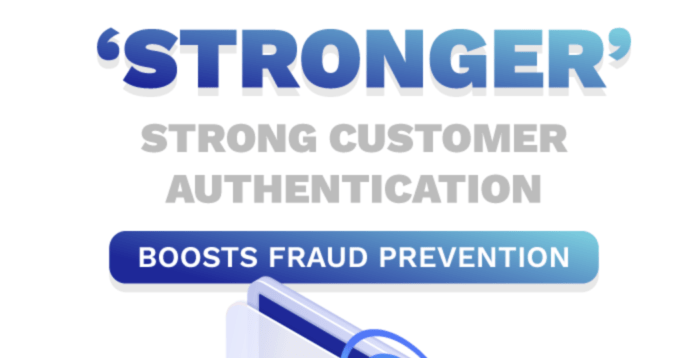Identity verification is crucial in ensuring that a person is who they claim to be when opening a bank account, applying for a loan, or participating in other financial operations. While identity verification is essential for combating new account fraud, it also plays a role in the Know Your Customer and anti-money laundering efforts of financial institutions. Digital identity verification brings the concept of identity verification into the modern era. With data breaches, account takeover attacks, and identity theft on the rise, as well as an increase in demand for remote processes as a consequence of the COVID-19 outbreak, businesses must recognize and verify identity fraud. Companies, governments, and financial institutions may also employ digital identity verification methods such as biometric verification, face recognition, and digital ID document verification to authenticate an individual’s online identity.
Digital identity verification may be used when the person and their identification document are not physically present. Additionally, digital identity verification may be utilized to accelerate identification verification, such as scanning passports at airport e-gates. Verifying your digital identity is a vital step in the account creation and onboarding procedures. Financial institutions may undertake identity checks on applicants to confirm that they are not fraudsters, criminals, or attempting a scam.
Payment authentication is the process of establishing a customer’s identity by the use of at least one of the following authentication factors: knowledge, inherence, ownership, or user location, to mention a few. When it comes to transaction authentication, the most often used category is knowledge. The knowledge aspect refers to information that the cardholder can only obtain, such as a personal password, PIN, or secret phrases such as your mother’s maiden name, favorite vacation spot, or other similar information. It is also referred to as the Challenge-Handshake Authentication Protocol (CHAP) when it comes to knowledge-based authentication elements.
Following the client’s payment request, the server presents the client with a challenging question to answer. The server verifies the response. The customer responds with sensitive information that is only accessible to them. Following this stage, if the answer matches the predicted hash value, authentication is allowed. The transaction is refused in all other cases.
To know more, below is an infographic from LoginID that discusses ‘stronger’ strong customer authentication boosts fraud prevention.











